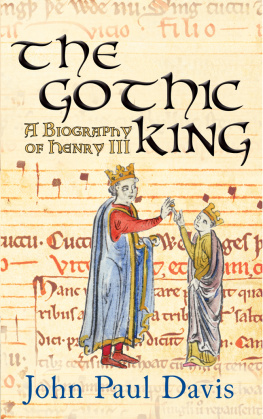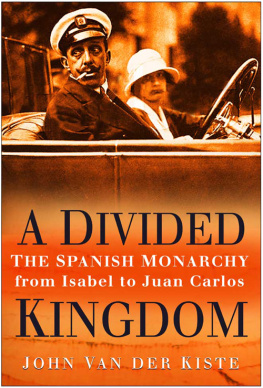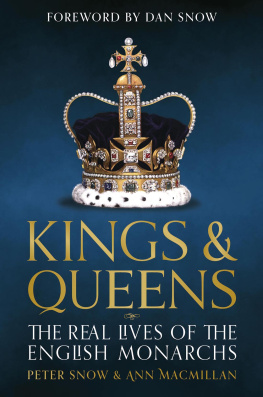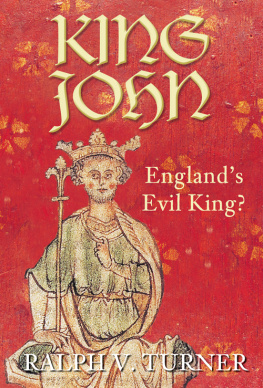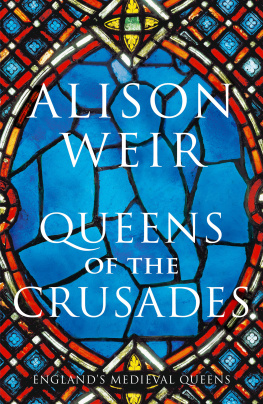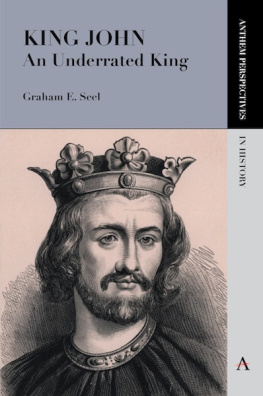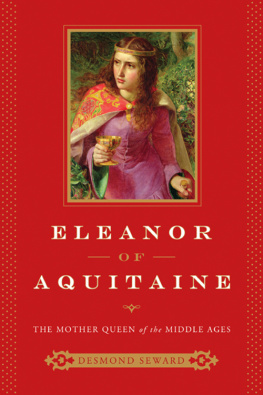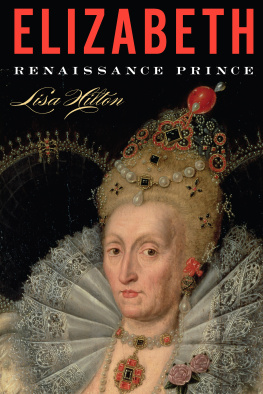First published in Great Britain in 2021 by
Pen & Sword History
An imprint of
Pen & Sword Books Ltd
Yorkshire Philadelphia
Copyright Kristen McQuinn 2021
ISBN 978 1 52676 164 4
eISBN 978 1 52676 165 1
The right of Kristen McQuinn to be identified as Author of this work has been asserted by her in accordance with the Copyright, Designs and Patents Act 1988.
A CIP catalogue record for this book is available from the British Library.
All rights reserved. No part of this book may be reproduced or transmitted in any form or by any means, electronic or mechanical including photocopying, recording or by any information storage and retrieval system, without permission from the Publisher in writing.
Pen & Sword Books Limited incorporates the imprints of Atlas, Archaeology, Aviation, Discovery, Family History, Fiction, History, Maritime, Military, Military Classics, Politics, Select, Transport, True Crime, Air World, Frontline Publishing, Leo Cooper, Remember When, Seaforth Publishing, The Praetorian Press, Wharncliffe Local History, Wharncliffe Transport, Wharncliffe True Crime and White Owl.
For a complete list of Pen & Sword titles please contact
PEN & SWORD BOOKS LIMITED
47 Church Street, Barnsley, South Yorkshire, S70 2AS, England
E-mail:
Website: www.pen-and-sword.co.uk
Or
PEN AND SWORD BOOKS
1950 Lawrence Rd, Havertown, PA 19083, USA
E-mail:
Website: www.penandswordbooks.com
To Shannon I pinky promise
Chapter 1
Introduction
S o much of history is written for us. It is written by battles and disease and death. It is mostly written by men. The women of history are frequently lost in the shadows and forgotten. Many women, like Isabella of Gloucester, remain unknown figures, even when they were married to royalty. Others, like Isabelle of Angoulme, have their histories imposed upon them by men, by society, by the distance of time.
But what these women have left behind goes beyond what we know or what is written. Their impact, while often unseen and unheard in their time, is nevertheless long-lasting and subtle. They created kings and nations through marriage, through childbirth, through their support or their antagonism. Their voices, heard or silenced, are the hidden force behind the thrones of kings.
Between 1135 and 1153, England was torn asunder by civil war and crises of succession. During this time, the only surviving legitimate child of Henry I, Matilda, fought her cousin, Stephen of Blois, for the throne. Noblemen chose sides, changed sides, turned their coats, and the country suffered. So great and widespread was the wretchedness of the people that the Peterborough chronicler famously wrote that Christ and His saints were sleeping. This time was known as The Anarchy.
After The Anarchy, Henry, Duke of Normandy and future Henry II, the son of Matilda, emerged victorious, having been named as Stephens heir and eventually succeeding Stephen to the throne in a peaceful transfer of power. Thus begins the Plantagenet dynasty, also called the Angevin empire. From the Plantagenets, we have Henry II and Eleanor of Aquitaine, the power couple of the twelfth century; their son the warrior-king, Richard the Lionheart; and his younger brother, John Lackland, the eventual King John I. Many of us know King John primarily from Robin Hood tales but lack an understanding of the real man behind the stories. Buried further still are the stories and roles of his wives, the women behind the throne Isabella of Gloucester and Isabelle of Angoulme. The role of these women has been largely overlooked, marginalised, and lost to historical record. However, the role women and especially queens have played throughout history cannot be overstated. Through queens, policies have been implemented, churches and colleges founded, and citizens given solace. And also through queens, kings are formed. No less is true for John and his wives, and their influence upon him has been just as profound.
Bringing these women out of the mists of history highlights the roles they played in their own time as well as bringing to the fore the notion that many of their contemporary issues remain relevant today. The strength of women has carried history and kings forward, often at the expense of their own reputations, happiness, or choice. Writing about medieval women is often a tremendous challenge, sometimes surprisingly so. There are several reasons for this, but largely it boils down to a couple of main issues. The historical record tends to favour heavily the public realms politics, religion, warfare and avoids the private realms, to where the vast majority of women have been relegated. Records, not surprisingly, favour events that are more exciting or of greater social significance than the private lives of the citizenry, even of royals, and almost always favour the nobility and ruling classes. This general lack of personal documentation is partly why the letters of the fifteenth century Paston family are so widely studied; they give an unprecedented glimpse into the daily life of a non-noble medieval family.
Additionally, medieval convention considered reading and writing to be separate skills; if a person could read, it did not necessarily follow that they could also write. Even kings had scribes to whom they commonly dictated their correspondence. Compounding the convention separating reading from writing, authorship usually was restricted to those who held social authority, particularly the university-trained male clergy. Women, furthermore, except for some nuns, were excluded from learning Latin, the lingua franca of intellectual life. It was rare for women, even many nuns, to be well educated in Latin or writing. Since women throughout history were usually viewed as second-class citizens, few chroniclers bothered recording the details of their lives, adding to the further erasure of women in history.
Unfortunately, this is true even for queens and women married to future monarchs. Isabella of Gloucester is almost entirely absent from the historical record, despite her marriage of ten years to John. Isabelle of Angoulme has more written about her; however, much of it was recorded by men who hated her and so her record must be viewed with a healthy dose of skepticism.
Even their names are sometimes in dispute. Isabella of Gloucester has been documented in her time variously as Isabel, Isabella, Isabelle, Hawise, and Avice. Hawise, at least, may be an understandable mistake made by the chronicler Roger of Howden, who first referred to her as Hawise, for that actually was her mothers name. Thanks to the extensive research of previous scholars, particularly Richard Price, it has been determined that the Close Rolls of Johns reign refer to her as Countess Isabella and Isabella, daughter of Count William. Similarly, Isabelle of Angoulme has been called Isabelle, Isabel, Ysabel, and Isabella, depending on which chronicle one consults. For the purposes of this text, I shall refer to the lady of Gloucester as Isabella and the lady of Angoulme as Isabelle.


